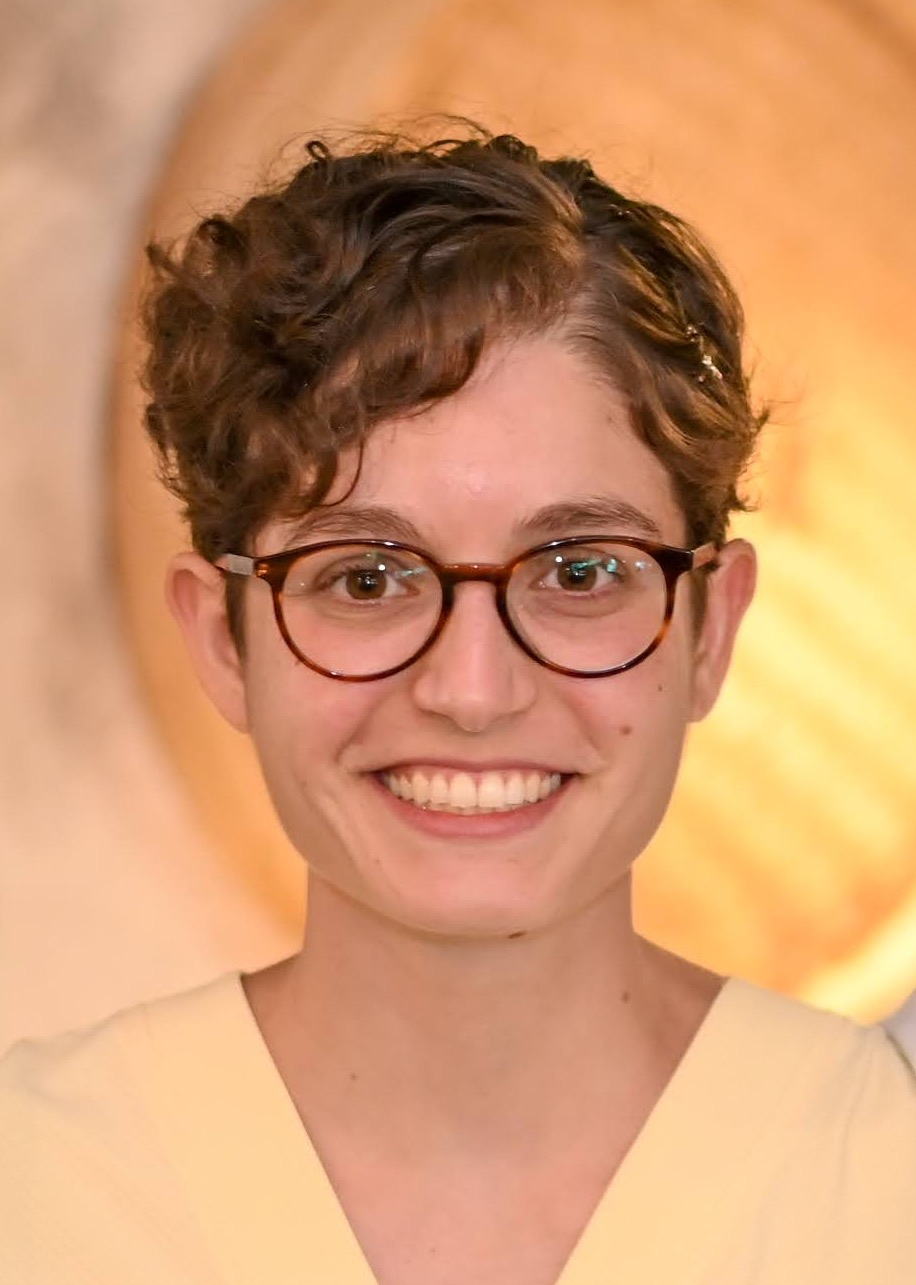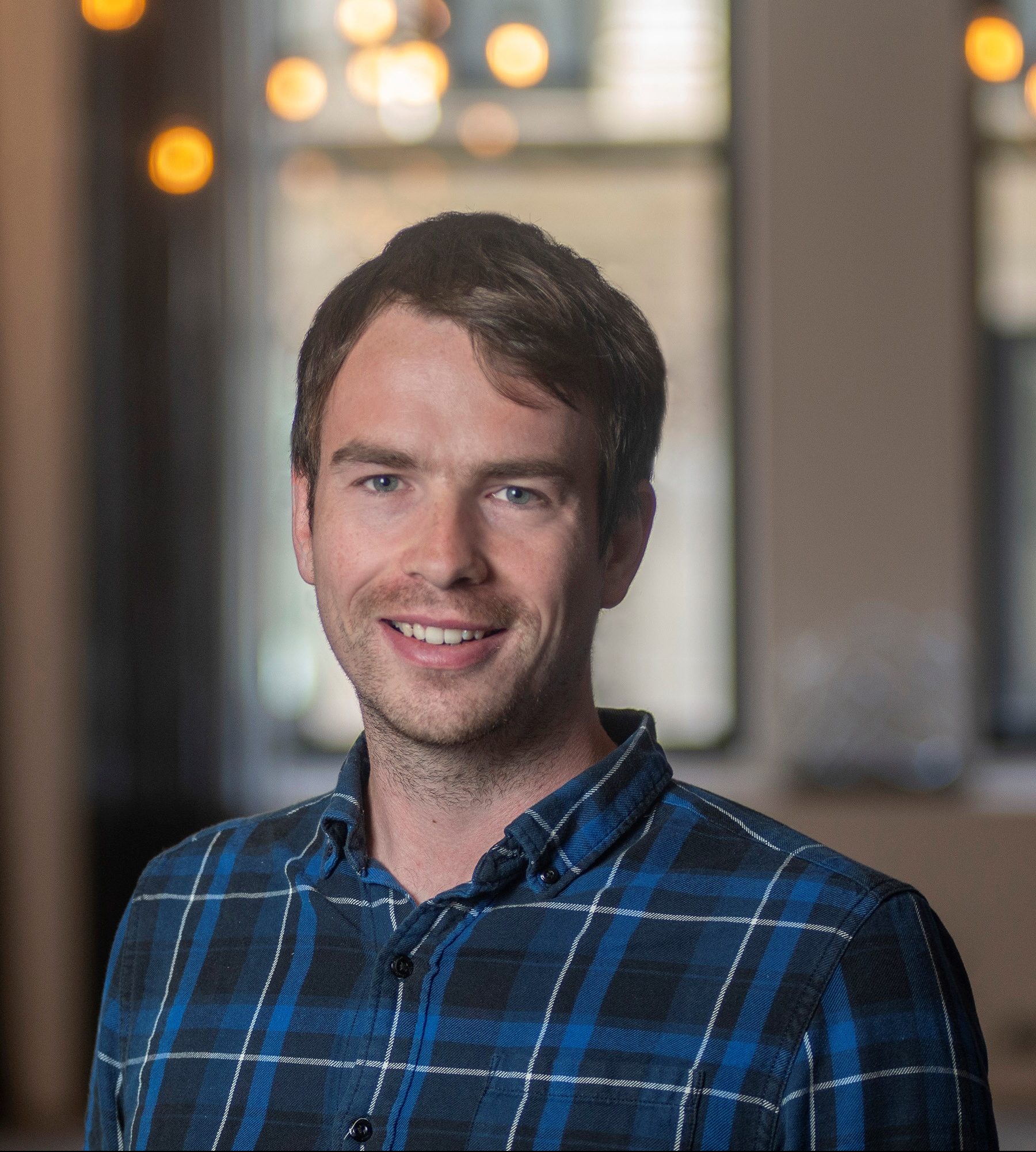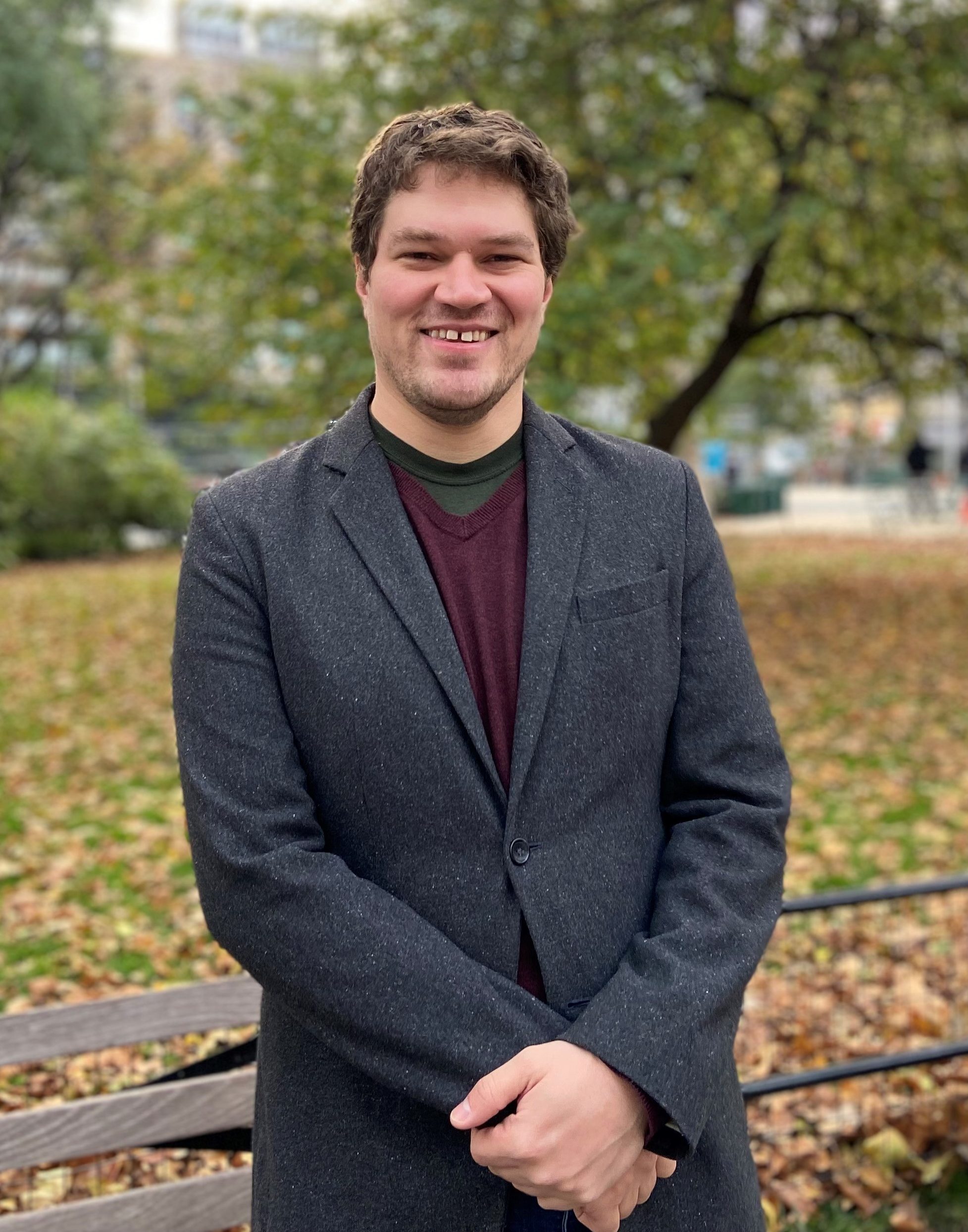CITA Welcomes Three New Faculty
CITA is in the midst of welcoming three new faculty, a first in our history. This is an exciting moment for us as our new faculty broaden the expertise at CITA and expand the work that we do. From gravitational wave astronomy and cosmology to plasma physics, these three CITAzens are asking new questions about the universe and discovering novel ways to answer them. Welcome Profs. Maya Fischbach, Bart Ripperda, and Reed Essick! Read their profiles below.
Prof. Maya Fishbach
Ever try piecing together a conversation you only caught the last couple of words of? How about reconstructing a billion year history based on only the last few seconds of data? This is one of the pillars of Prof. Maya Fishbach’s work, reconstructing the histories of merging black holes by observing their gravitational waves. Through a combination of data analysis and theoretical modeling, her research strives to explain how, where, and when black holes and neutron stars form and merge.
Fishbach started her PhD the same month that gravitational waves were first detected, setting her PhD work against the backdrop of that first data set. Fishbach developed methods to analyze the 11 events for which there was data at that time, including how to combine the data from multiple events to learn about the population of black holes and neutron stars. Now with data collected from almost 100 events and counting, Fishbach is part of a small but rapidly growing community of gravitational wave astronomers who are using this new tool to observe the universe.
Fishbach was a NASA Hubble Fellowship Program (NHFP) Einstein Postdoctoral Fellow at Northwestern University (2020-2022), where she closely collaborated with Prof. Vicky Kalogera’s group. She completed her Ph.D. at the University of Chicago in 2020 under the advisory of Prof. Daniel Holz and her B.S. at Yale University in 2015.

Research highlights:
- The discovery of missing big black holes in the black hole mass spectrum, which probes the physics of pair-instability supernovae (Fishbach & Holz 2017)
- Evidence that the black hole merger rate evolves with redshift (Fishbach et al. 2018)
- The first gravitational-wave measurement of the Hubble constant from combining gravitational waves and a galaxy catalogue (Fishbach et al. 2019)
Prof. Bart Ripperda
Prof. Bart Ripperda’s work combines fundamental plasma physics to understand astrophysical phenomena. He is excited by the most extreme places in the universe: the places that we don’t understand. Ripperda is trying to model, understand, and predict multimessenger signals and multiwavelength emissions from black hole and neutron star jets, coronae, accretion disks, and magnetospheres with a combination of theoretical and numerical (general) relativistic kinetic and fluid methods. Creative thinking is what led Ripperda to apply his plasma physics knowledge to astrophysical phenomena and is what keeps him excited in his work every day.
Ripperda comes to CITA from the School of Natural Sciences, Institute for Advanced Study, Princeton, where he is a NASA Hubble Fellowship Program Einstein Fellow. Prior to that, he was a joint postdoctoral fellow at the Flatiron Institute in New York City and at Princeton University. Ripperda received his Ph.D. in Mathematics from KU Leuven University in 2018, M.Sc.s in Physics and Engineering (2013) and his B.SC. in engineering from Eindhoven University of Technology (2009).

Research highlights:
- The discovery of a mechanism that can power the very-high-energy (TeV) flares from the event horizon of supermassive black holes based on a model including all first-principles physics from quantum electrodynamics to general relativity (Hakobyan, Ripperda, Philippov, ApJL, 2022)
- Finding magnetic reconnection sites in plasma turbulence that can dissipate a large fraction of magnetic energy to potentially power emission from black hole accretion disks and coronae, with extreme resolution simulations (Ripperda, et al, JPP, 2021; Chernoglazov, Ripperda, Philippov, ApJL, 2021)
Prof. Reed Essick
An advisor once told Prof. Reed Essick that he seemed interested in understanding everything, and that you have to understand a bit of everything to do Astrophysics. Essick has never looked back.
Essick knows there is no one perfect measurement or system that will answer all our questions. He sees the field moving towards using many systems, multimessenger signals, and data from different channels to approach an understanding of that which we do not know. He studies many aspects of experimental gravity, from data acquisition, quality, and calibration to searches for astrophysical signals and their interpretation. His work on the equation of state of the densest matter in the universe connects nuclear experiment and theory with gravitational-wave, x-ray, and radio observations.
Essick held post doctoral fellowships at the Perimeter Institute for Theoretical Physics (2021-2022) and the Kavli Institute for Cosmological Physics at the University of Chicago (2017-2021). He earned his PhD from the Massachusetts Institute of Technology (2017) and his BS in Mechanical Engineering with a second major in Physics from Washington University in St. Louis (2011).

Research highlights:
Prof. Essick played a key part in many breakthrough discoveries within the LIGO Scientific Collaboration (LSC). He was often one of the first people to see the data from new detections, including the first ever direct detection of gravitational waves (GW150914 [PRL 116, 061102]) and the first ever detection of gravitational waves from coalescing binary neutron stars (GW170817 [PRL 119, 161101]).